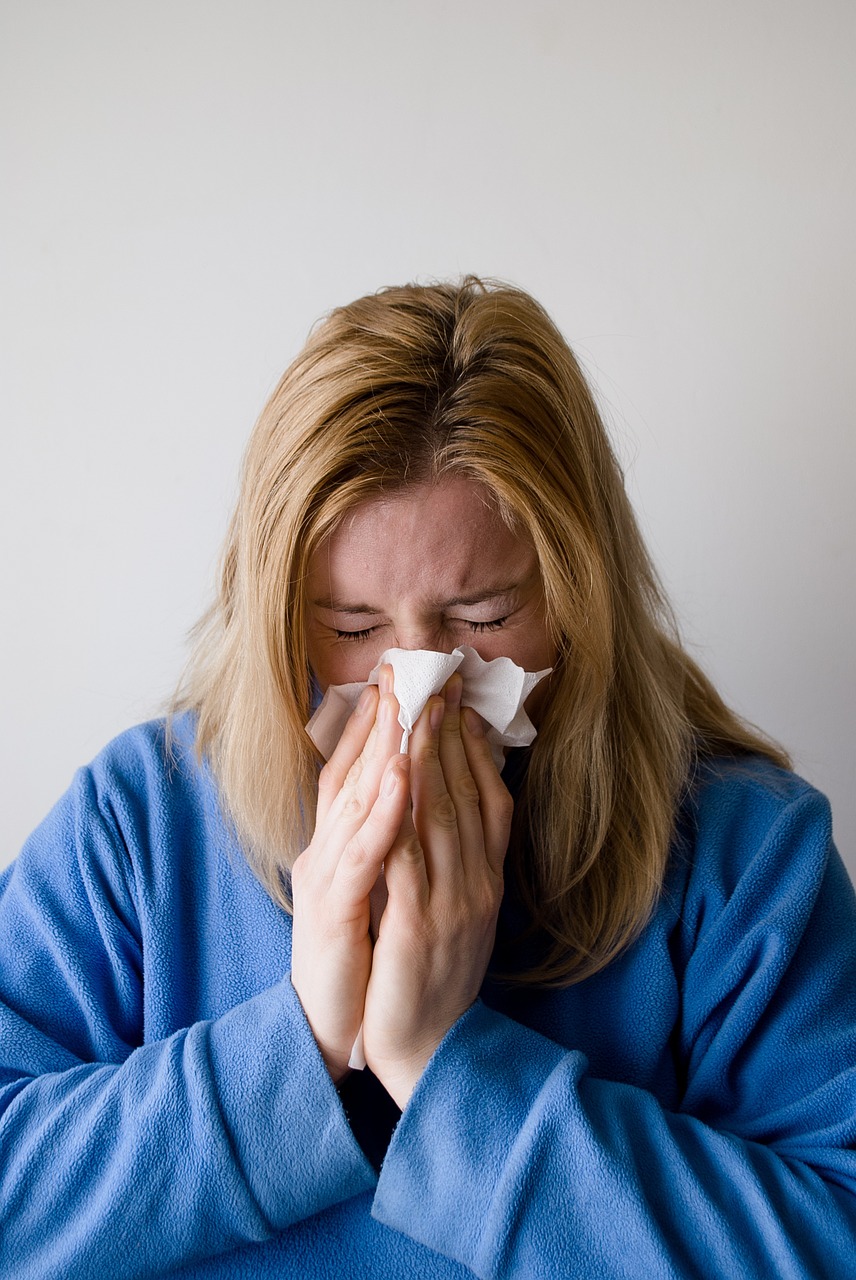At some point during the year, up to a third of the global population experiences seasonal allergies like hay fever, a reaction to pollen or dust. Data on asthma rates and hay fever prevalence indicate that both are on the rise. But what is the culprit behind increasingly severe allergy seasons? Research from the U.S Department of Agriculture indicates that ragweed, a flowering plant and notoriously common allergen, is spreading across previously uninhabited areas in response to climate change.
Ragweed plants grow in abundance in late summer, towards the end of the allergy season, and cause widespread allergic reactions. According to USDA plant physiologist Lewis Ziska, the strength of an allergic reaction depends on how much pollen a plant releases, the length of pollen exposure, and the intensity of allergies caused by a single pollen grain. Unfortunately, each ragweed plant releases almost a billion pollen grains that people are constantly exposed to in outdoor spaces. In addition, most people have some degree of allergic reaction to ragweed pollen. In fact, up to half of all hay fever cases caused by pollen in the United States are specifically caused by ragweed plants.
Ragweed, like all plants, uses carbon dioxide to make sugars. Carbon dioxide is not only becoming an increasingly abundant plant resource, but it also contributes to the greenhouse effect, which causes global temperatures to increase. In summary, high carbon dioxide levels serve as a steady source of plant food and also warm the planet, allowing plants like ragweed to thrive in areas they previously could not.
In fact, research shows that ragweed is already spreading beyond its original habitat and causing subsequent increases in allergic reactions. The French National Aerobiological Monitoring Network found that hay fever prevalence (a common allergic response) rose from eight percent to twelve percent in the Rhône-Alpes area in 2015 and connected this increase to a growing population of ragweed.
In particular, environmental scientists have predicted that climate change will increase ragweed’s growth throughout Europe. The French Climate and Environmental Sciences Laboratory forecasts that there will be a four-fold increase in the amounts of ragweed pollen by 2050. Such an increase would exacerbate allergic reactions.
Health care professionals have already seen an uptick in allergy severity and prevalence. Leonard Bielory, a physician at Robert Wood Johnson University Hospital and professor and allergy specialist at the Rutgers University Center of Environmental Prediction, said that “we’re seeing increases in both the number of people with allergies and what they’re allergic to.” Historical data shows that childhood asthma rates doubled from 1980 to the mid-1990s and continue to steadily increase.
As climate change becomes an increasingly pressing issue, severe allergies and asthma episodes will also become more prevalent. Not only is climate change harmful for the planet, but the medical costs of climate change-related diseases have consequences for society at large. Annually, allergies result in nearly 4 million missed school and work days, and asthma costs almost 55 billion in indirect and direct expenses. When we work to combat climate change, it is crucial we consider all the effects it has on health and society.
Feature Image Source: Woman Blowing Nose by Mojpe










